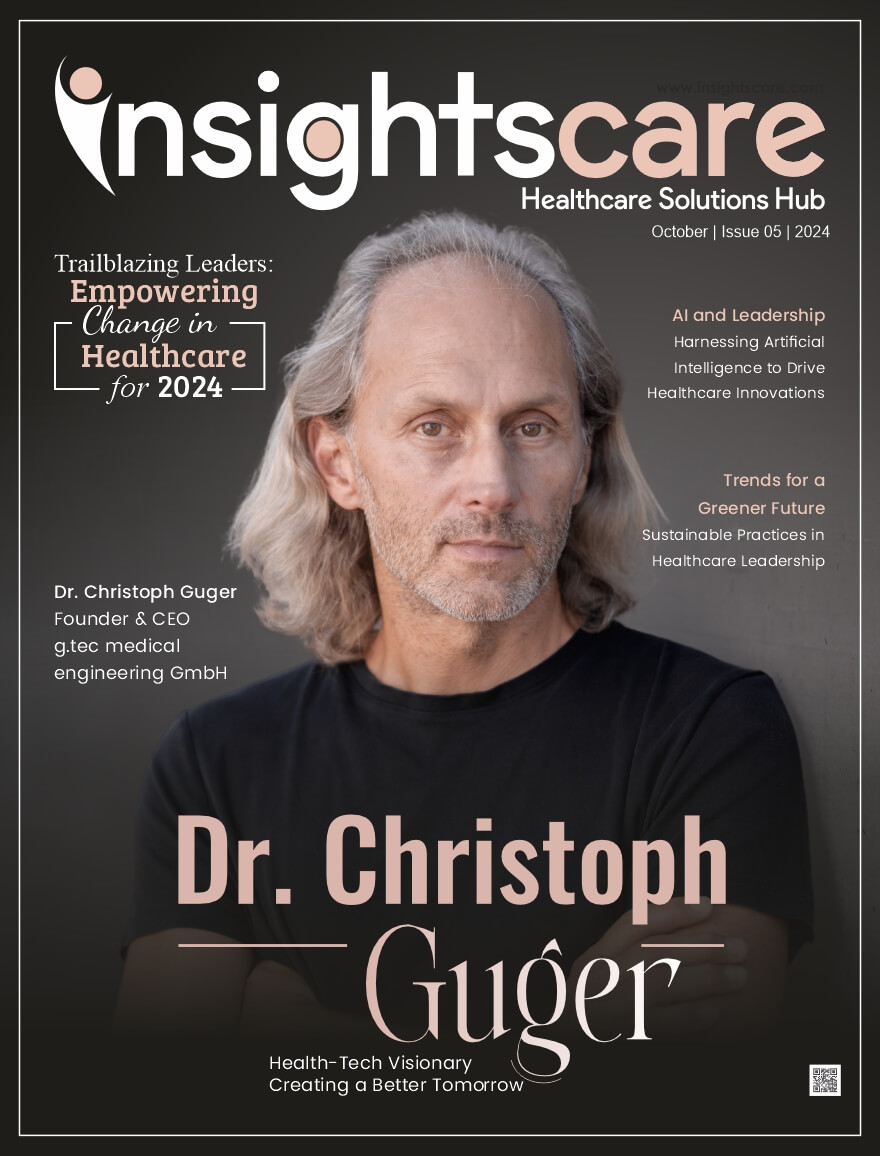DNA is what humans and all living things are made up of. DNA is a self-replicating acid molecule composed of nucleotides’, the main constituents of chromosomes. A nucleotide consists of four nitrogen-containing bases: adenine(A), Thymine(T), Guanine(G), cytosine(C). This union of billions of DNA strands carries genetic instructions for the development, functioning, growth, and reproduction of all known organisms and many viruses.
In rare cases, such a complex form can lead to a mutation which can, in turn, lead to various deformities in physiological anatomy. Medical geneticists test the DNA of such patients and at times they are not able to find what has caused it. What were the genetic mistakes in the structure of the DNA that led to such abnormalities in that person? If doctors would have an idea about another person who has shown similar symptoms before, it would have helped them to identify the problem and enabled them to provide patients with the treatment for the same.
To address these dire dilemmas Internet of DNA has emerged. Internet of DNA, a platform where hospitals and scientists can share the DNA data the genome sequencing for comparisons.
Scientists are dubious about sharing the data, due to the privacy rules. It’s even considered legally risky to put people’s genomes on the internet.
“The unfolding calamity in genomics is that a great deal of life-saving information, though already collected, is inaccessible.”
– Antonio Regalado.
David Haussler, a bioinformatics expert has along with his peers made an alliance and suggested the idea of sharing the genome sequencing via peer-to-peer computer network having protocols, application programming interfaces, and security approaches that are framed to tackle the sharing of genome data among hospitals, research centers, and clinics, effectively.
The security principle allows the patients to choose, whether they want to share their genome data on the internet. It also allows them to select specific individuals who will have access to their genome data. Putting this power in the hands of the users and making them aware of how their data can contribute to helping people all across the globe will help the platform thrive. Internet of DNA can aid researchers to study genome data and make new drug discoveries.
The genomic data of people collected is growing at a rapid pace. Decoding of the patient’s genomic data now costs much cheaper. Most hospitals around the globe are not yet technologically sound enough to handle such a massive amount of data. It is getting harder and expensive to store them on machines. Also, sending these genomes via traditional methods like FedEx or carrying them in a pen drive, are not the most efficient ways to address the problem.
Hence, having them on a cloud platform will help the hospitals to store them and access them optimally. Google has also taken initiatives to support the platform.
An example of one such platform is Beacon. A search engine that enables the discovery of 20 databases of human genomes that have previously been made public and implemented the alliance’s protocols.
CONCLUSION
Such initiatives and the need to identify the complex structure of human mutated genomes have given rise to the Internet of DNA. The Internet of DNA will indeed bring a positive change to human society and the lives of millions who have suffered and are still suffering from diseases that are still unknown to the medical world.
Thanks for Reading.
-Vishal Muktewar










